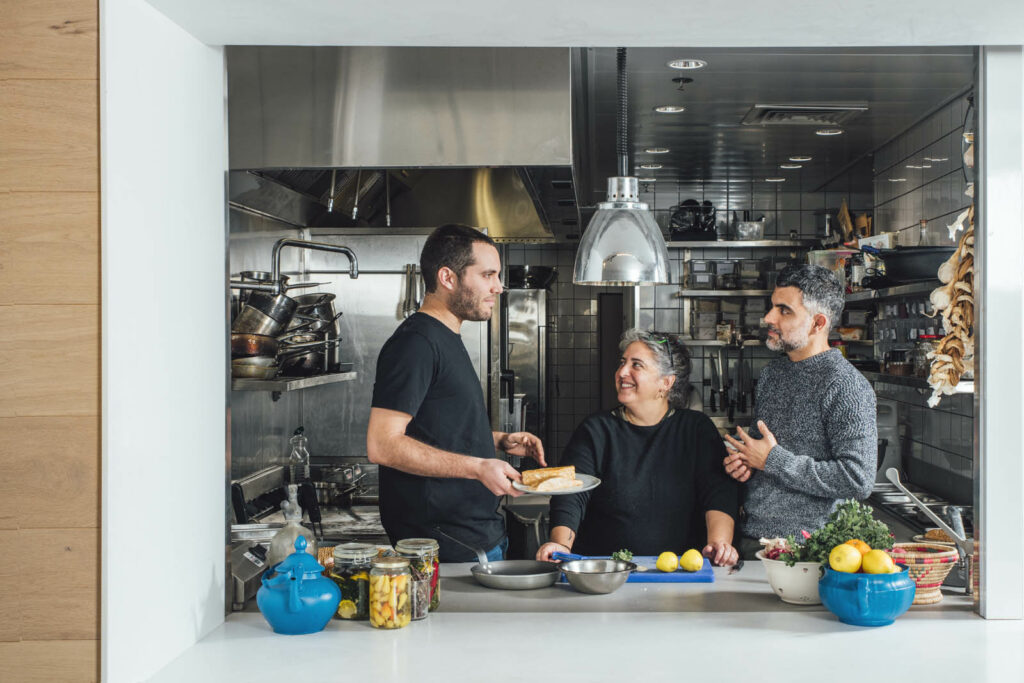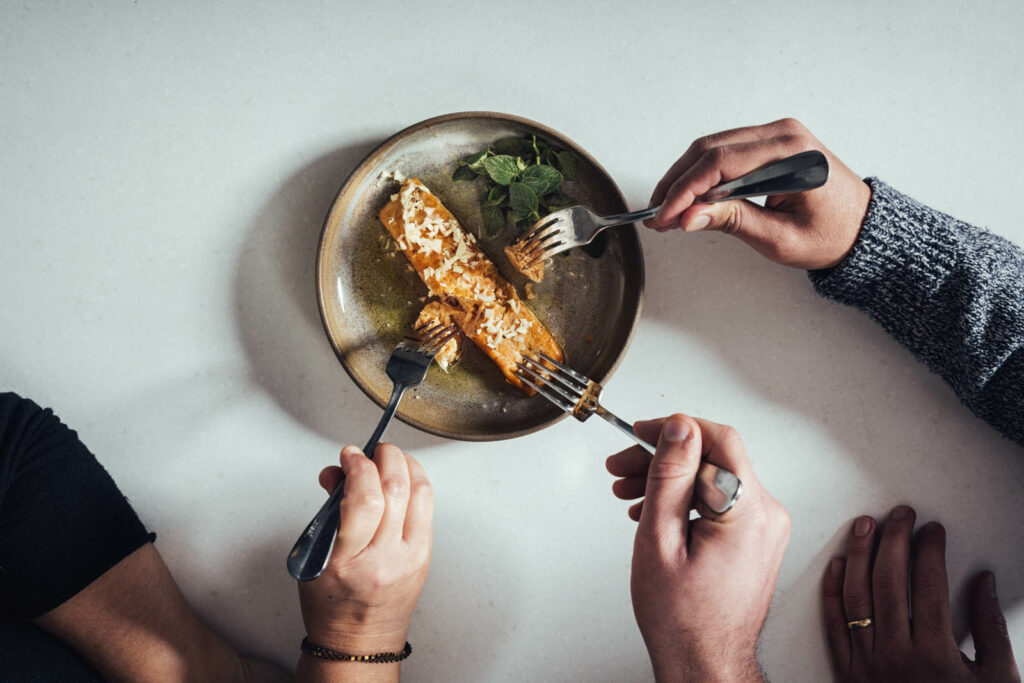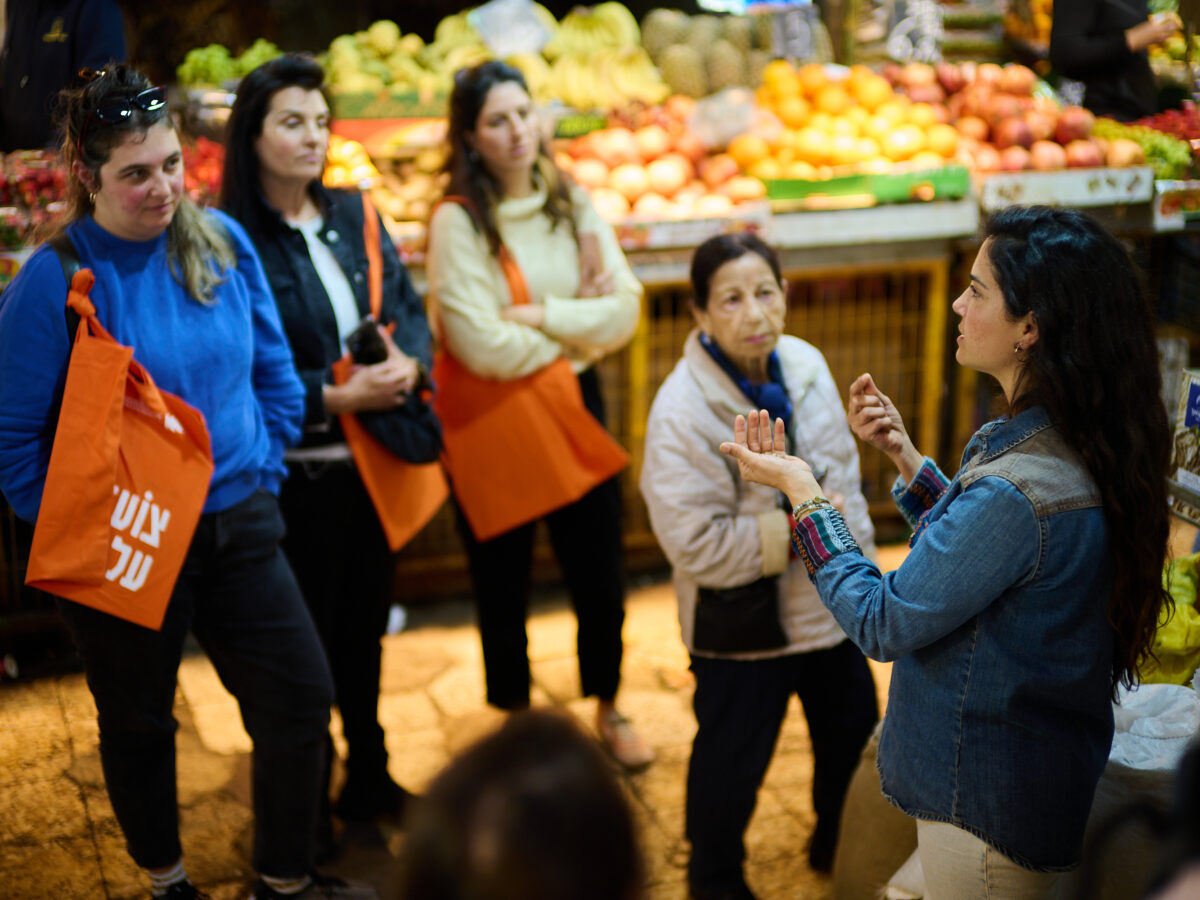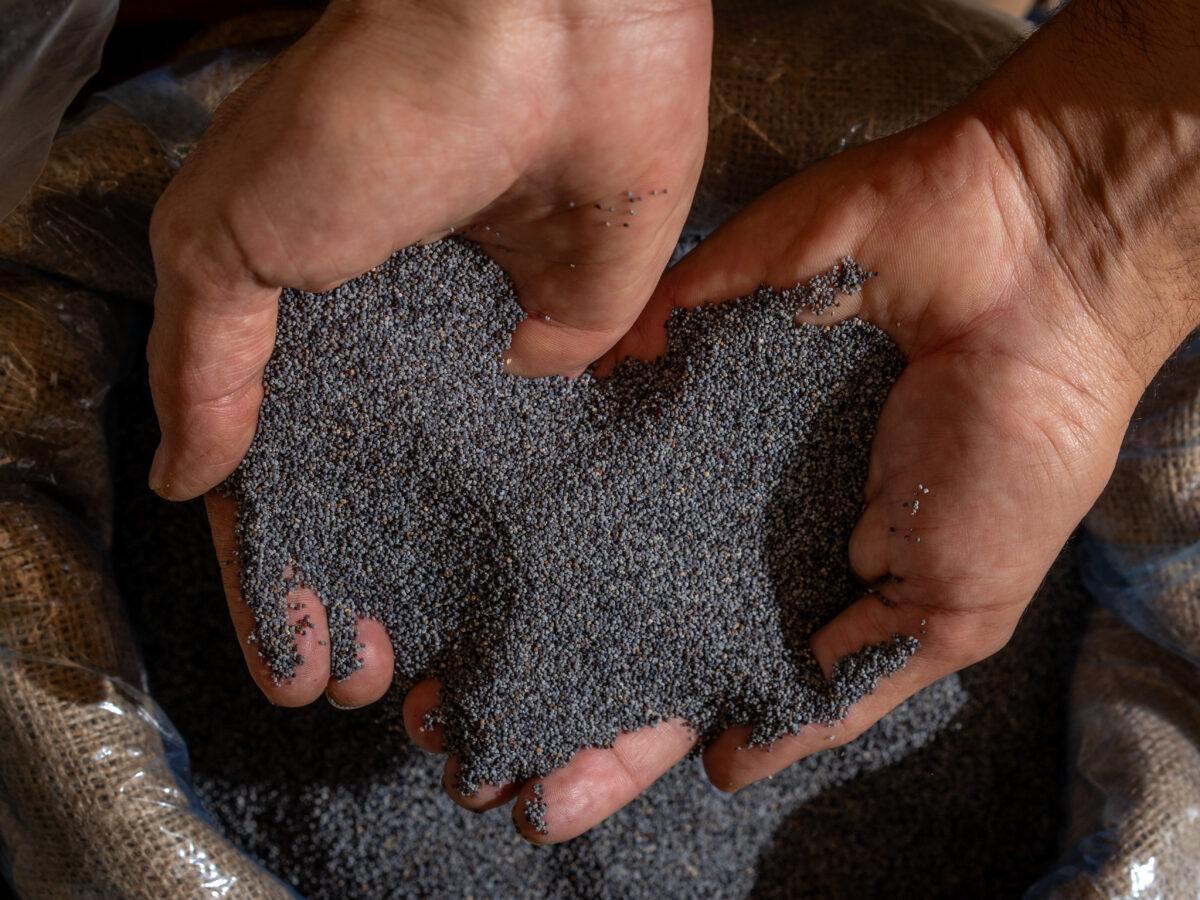Aqua farming, or raising fish for cooking, and it’s environmental impact have been gaining more attention in recent years. At the same time, there’s a small but growing industry of plant-based fish, or fish alternatives. One of these companies is Plantfish, which develops a 3D printed, plant-based salmon filet.
Co-founder and CEO Ofek Ron, 30, is a long-time vegan with an activist past. He sees the company as a direct continuation of his aim for a more sustainable world: “We are currently eating away our oceans. If we do not stop consuming seafood, we are bound to find ourselves standing before an empty ocean. We are here to propose a healthier, more sustainable alternative.”
He spoke with Asif’s Matan Choufan about 3D printing, the challenges of producing a fish filet primarily from algae and water, and when home cooks might be able to buy these filets.

You are working to develop a 3D printed salmon filet. Why did you choose a filet and why this?
While in the meat market we have high consumption of burgers and chicken breasts, fish are mostly consumed in their “original form.” Imitating this natural structure, however, is an extremely challenging task. No other company has succeeded, so we decided to step up to the mission ourselves. We developed a new technology which also includes 3D printing. With the help of the extremely talented scientists, we developed a unique concept that allows us to manufacture whole chunks.
Does printing help overcome the challenge of fish texture?
It does, and it tackles the appearance and structure, too. To make a burger, you can take some ingredients, chop or grind them, and shape the result into a burger. You cannot make salmon this way. Salmon has a specific order of tissues and fat components. Placing each tissue in its right place and achieving this complex structure requires a certain technology.
Other companies have been working on taste and texture, but we added a third marker: appearance. This is another layer we need to tackle. The first generation of vegetarian substitutes, like Tivol [Israeli vegetarian food manufacturer], succeeded in imitating the flavor, but the texture wasn’t the same. The second generation — like Impossible Foods and Beyond Meat — went further and imitated the texture. We are the third generation of protein substitutes.

What do you use for printing?
We use legume proteins and algae concentrates to achieve the required level of proteins and amino acids (Omega 3 and Omega 6), and a lot of water. These are the main ingredients. A large part of the nutrients in fish come from the food fish eat, algae. We use this food to deliver the nutrition values directly.
What about the ‘fishy’ flavor? How do you deliver on that front?
We work with international companies which develop these flavors for us.
You have been vegan for many years. How do you compare your substitute to real salmon?
I have been vegan for a decade. When we do taste testing, we taste real salmon, too. Even the vegans among us. For us, it is not something we eat for pleasure. We do not want to hurt anyone needlessly, but when it is done for research that can save millions of fish — yes.
How do you think vegans will react to your product? Alef Farms, which is working to make “cultivated meat,” say most interest comes from omnivores.
We had vegans try it and the reaction was: When can we order? They are very much in favor of the product and our agenda, and we predict they will be our early adapters. Yet it is clear that people who have been avoiding fish for years have different standards than regular fish consumers. As we are targeting fish eaters as well, we are still working to improve our product.
Does your product behave like a real salmon filet? Can I use it to make a ceviche, cure it to make gravlax, or grind it to make patties?
Our product is good for any dish that is based on cooked salmon – whether baked, cooked or roasted. It is really a pre-cooked product as it is cooked during the production process. It cannot be used for ceviche or for curing, but you can definitely use it to make patties.
Do you have additional products in mind?
We aim to manufacture substitutes for any fish people consume as filets. As long as there is demand, we can expand to anything that has a fish structure, and the sky is the limit. We plan on staying within seafood, perhaps expanding into shellfish at a later stage.
When can my mother start making her chraime with plant-based salmon? In other words, when do you start marketing?
We plan to conduct a pilot by the end of 2022 and start regular marketing by the end of 2023. Right now, the product is tasty, but it still does not meet our standards for marketing. Nutritionally, we are satisfied, but we want to make further improvements in appearance and flavor. In addition, the machine we are building does not yet reach our envisaged production rate, which is 20 kilograms of salmon per hour. The official launch will take place in the US, in very fine restaurants of well-known chefs. We will dedicate the first two years for restaurant adventures and then start marketing to private consumers, too.

How much transparency will end users have about the ingredients used in the product, and about its environmental footprint? Is your product necessarily more sustainable than imported salmon?
We must understand the kind of industry we are competing with. Most of the fresh salmon you buy at the supermarket was fished abroad a few days earlier and then shipped. You need to consider the amount of energy it took to bring it to the plate. The frequency of Norway-Israel flights is greater for salmon than for people. It is an unbelievably polluting industry. In addition, most salmon do not grow in their natural habitat, and as a result they are exposed to disease, treated with antibiotics, and swim in their own feces. This is not a happy environment for fish. All this happens so that we have something yummy to eat. The consumers of our product will enjoy a yummy flavor, in addition to proteins and Omega 3 just like in fish. It almost doesn’t matter what ingredients we use — we will be more sustainable than the salmon industry.
When compared to wild salmon fishing, that gap is smaller — but it’s choosing between an ocean with and without fish. Clearly, our product is more sustainable than shipping fish over large distances and emptying our oceans. Still, we do not see the fishing industry as enemies, but rather as partners. We want to establish collaborations in both manufacturing and marketing. As surprising as it may sound, they, too, wish for a better future.
But what will such a collaboration look like?
It can have several forms. We can place our machines in existing factories, such as fish processing factories, so they can market our products to restaurants alongside theirs. They have tremendous distribution and shipping capabilities. They can help us expand our reach. In addition, they and their customers (many of whom are chefs) can give us feedback and help us improve our product.
This interview has been edited for clarity. Devra Ferst contributed research to this article.



